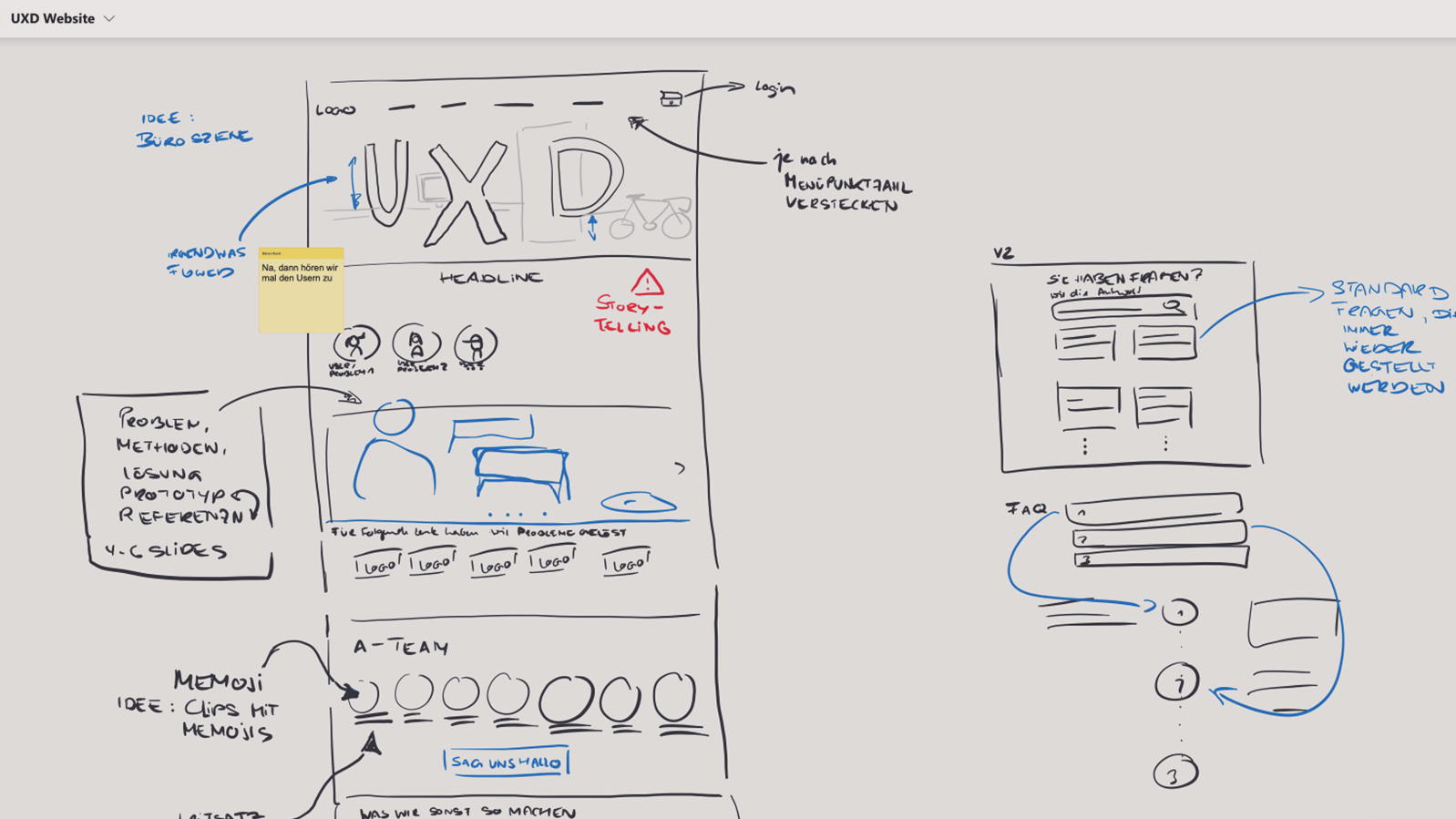
It was exactly one week ago that our UXD team held a three-day workshop. The aim of the workshop was to develop a fully comprehensive concept for the new landing page of our UXD unit. We used the opportunity to try out novel methods such as Lego Serious Play (LSP).
As an IT company, we are always striving to evolve - not only technologically. To implement our products in the best possible way, our employees are always on the lookout for new, creative solutions. We like to try things out and are open to supposedly unusual methods.
Lego Serious Play was developed by Lego in 1996 in cooperation with the University IMD Lausanne to counteract negative internal strategy developments. An elementary building block of this method is the scientific fact that our hands are connected to up to 80% of our brain cells. Thinking processes in combination with physical movement and sensation lead to a deeper understanding of the environment as well as the options. The method is versatile and is also suitable for building prototypes. This is exactly what our UXD team wanted to try out. Step by step, the concept was implemented with the Lego bricks in individual and subsequent group work and finally transferred into the final concept with wireframing.
The Lego Serious Play method offers many advantages. The playful environment promotes cooperation and common understanding, and critical points can also be addressed more easily. Furthermore, even complex issues become easier to describe and understand - the abstraction supports creative implementations.
But these plus points also come at a price, as our UXD team discovered. The abstraction of complex content to models made of Lego bricks is not something that can be achieved quickly in five minutes. Even getting involved in the approach can take a little longer for some people. The warm-up phases and the different rounds (building, sharing, reflecting and combining) make for a long workshop. However, if you have enough time, you should definitely try this method - also in combination with established methods. In any case, the results of our UXD team are promising and the first fruits of this work will soon be on display. Stay Tuned!